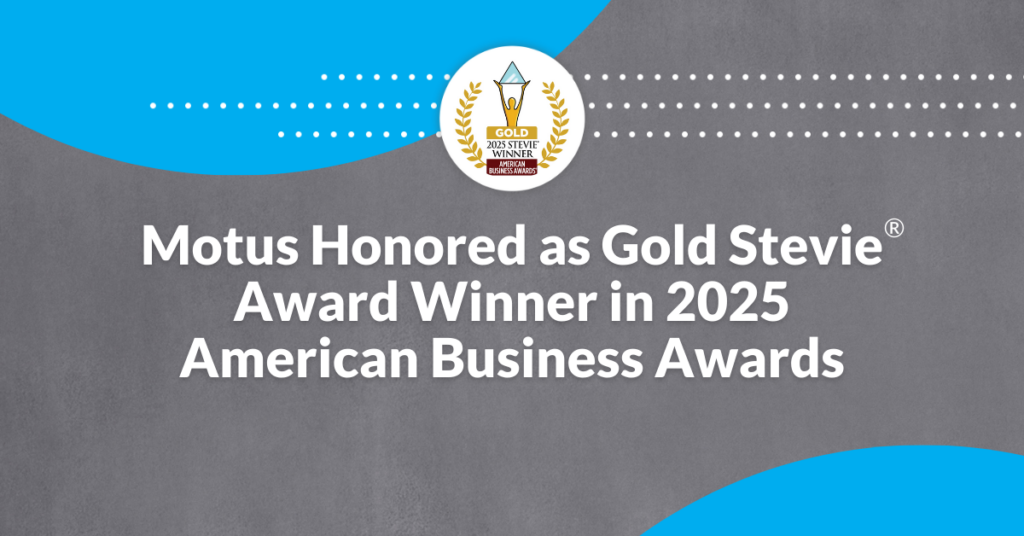Motus Reveals Trends Underpinning the New Rate in Wake of COVID-19, and Guidance on Mileage Reimbursement Practices
BOSTON, Mass., December 22, 2020 – The Internal Revenue Service (IRS) today announced the 2021 business mileage standard rate of 56 cents, calculated with data provided by Motus. As the definitive leader in reimbursement solutions for businesses with mobile-enabled workforces, Motus cultivates knowledge of vehicle cost components. Using insights from the world’s largest retained pool of drivers, the company conducts statistical analysis of data from the prior year in order to inform the IRS about trends in business driving.
The 2021 IRS business mileage rate decreased by 1.5 cents from the previous year and will go into effect January 1, 2021. This is only the second time in the past decade that there have been two consecutive rate reductions, and the first occurrence of back-to-back decreases since 2016-17.
Trends from 2020 that affect driving costs include:
- Significantly lower fuel prices in 2020, which are on pace to finish approximately 17% below the national average when compared to 2019.
- Slowed depreciation rates – caused in part by vehicle inventory shortages associated with the COVID-19 pandemic production stoppages – that have resulted in increased residual vehicle values.
- Rising insurance premiums that, despite reduced travel and accident rates nationwide, are now 29% higher than they were a decade ago.
In addition to individual tax deduction, the IRS business mileage standard rate offers a tax-free threshold for reimbursements made by U.S. employers. In many cases, organizations are required to reimburse mobile workers for the business use of their mixed-use assets, or personally-owned assets that are required for their jobs – such as vehicles. The IRS rate is optimal for low-mileage drivers who travel fewer than 5,000 business miles per year. Since it doesn’t account for driving costs that fluctuate based on geography and time of year, businesses using the rate to reimburse mid and high-mileage workers are likely to give reimbursements that do not reflect actual driving costs. By treating all employees’ expenses as the same regardless of location or individual situations, reimbursement using the IRS rate creates winners and losers by over or under reimbursing them for their costs.
“The COVID-19 pandemic forced business leaders to reevaluate their economic decision making. As part of this, identifying accurate reimbursement methodologies has become a priority for companies with mobile employees,” said Craig Powell, CEO, Motus. “Organizations regularly relied on the IRS business mileage standard for years prior to the pandemic and some will still use it in the future, but many have now discovered the amount of wasted spend and corporate liability associated with flat reimbursement. They’re coming to understand that by using personalized methodologies, such as FAVR, businesses and their drivers can experience hundreds or thousands of dollars of savings, while also remaining compliant with federal and state labor laws.”
The fixed and variable rate (FAVR) methodology was designed to more accurately and fairly reimburse employees for the exact cost of driving for work and is paid tax-free under IRS Revenue Procedure 2019-46. Motus calculates that organizations have saved more than $1 billion using FAVR reimbursement compared to the IRS business mileage standard since 2007.For more information about the IRS business mileage standard rate, mileage reimbursement and vehicle management options, please visit https://resources.motus.com/.




